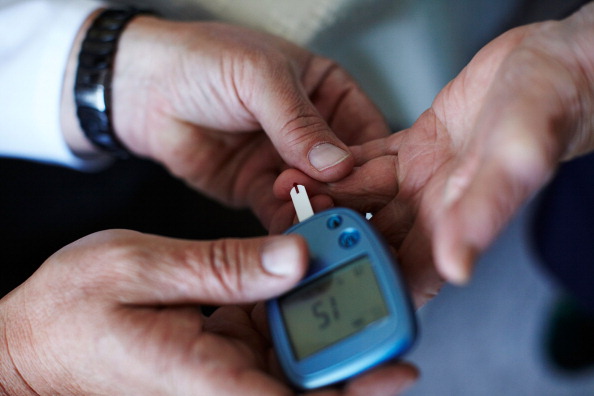
If you have type 2 diabetes, you know that making lifestyle changes to reduce your blood sugar is hard. But who would have thought that weight-loss surgery would be a better choice? A small study has found that people who had obesity surgery were more likely to have significant improvements in their blood sugar levels than did people who tried lifestyle changes.
Previous studies have found that weight-loss surgery could sometimes provide long-term improvement for people with type 2 diabetes, but few studies have directly compared surgery to lifestyle interventions. Type 2 diabetes, which used to be called adult-onset diabetes, is often linked to being overweight or obese.
This study followed 61 people who had type 2 diabetes. Half of them had a body mass index (BMI) of between 30.0 and 34.9, which is class 1 obesity. The rest had BMI levels of 35.0 to 39.9, or class 2 obesity. They were assigned to one of three different treatments. Some received an intense lifestyle intervention aimed at changing their diet, exercise, and behavior for a year, followed by less intensive interventions for two years. The others were assigned to have weight-loss surgery, either Roux-en-Y gastric bypass or laparoscopic gastric banding. The surgery was followed by two years of the less-intensive lifestyle intervention that the first group received.
After three years, 40% of the people who received Roux-en-Y surgery and 29% of people who received gastric banding had at least a partial remission of their diabetes. Blood sugar control improved more with either surgery than with the lifestyle intervention. Four people who underwent surgery had their diabetes completely go away, while this happened with none in the intervention only group.
The study is small, but it is a randomized study, which means that the results are important. Larger studies will have to be done to see if these results hold and whether the risks of weight-loss surgery, which can include severe infections and death, are worth it for people with type 2 diabetes.
The study was published in JAMA Surgery.
